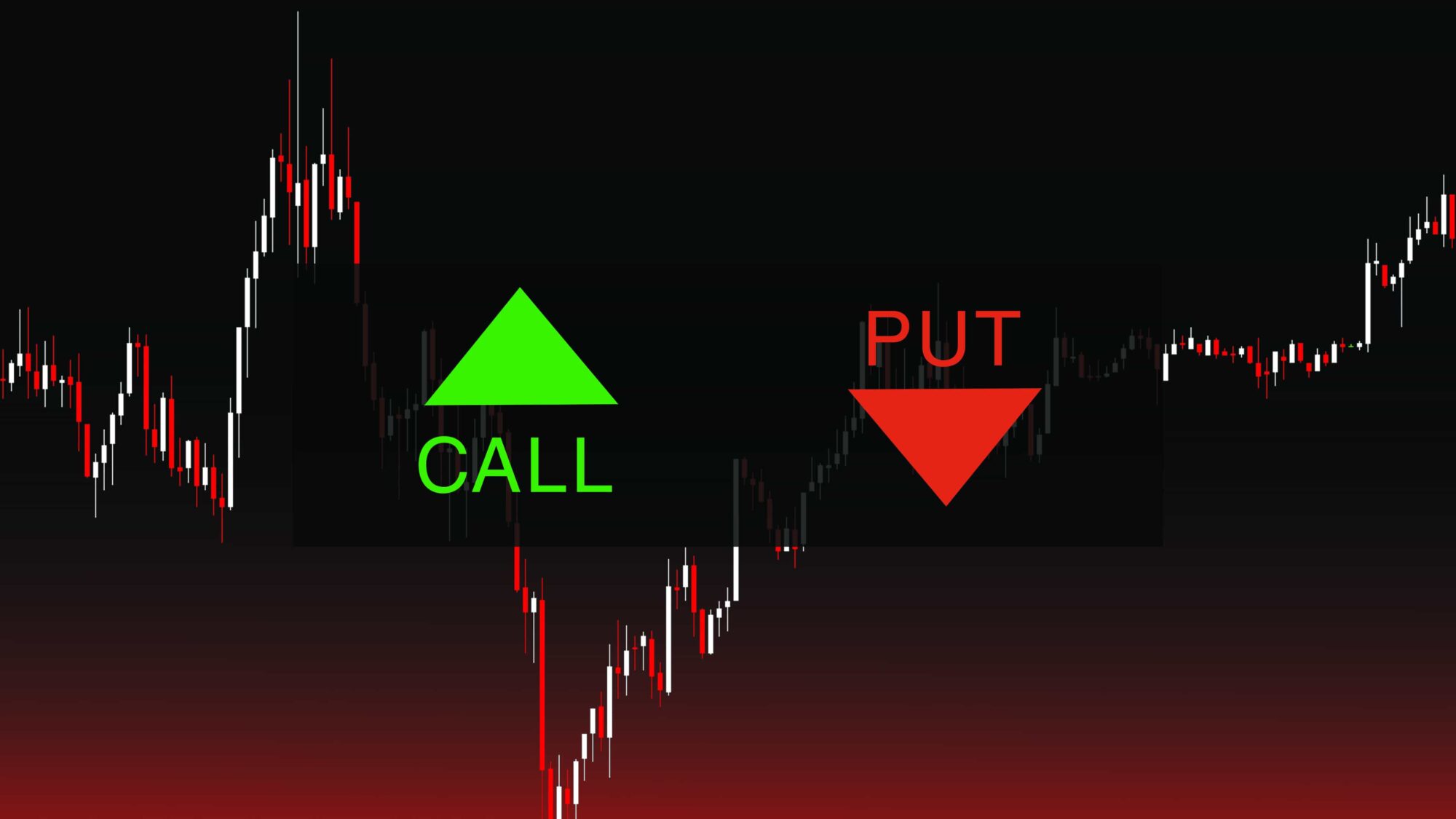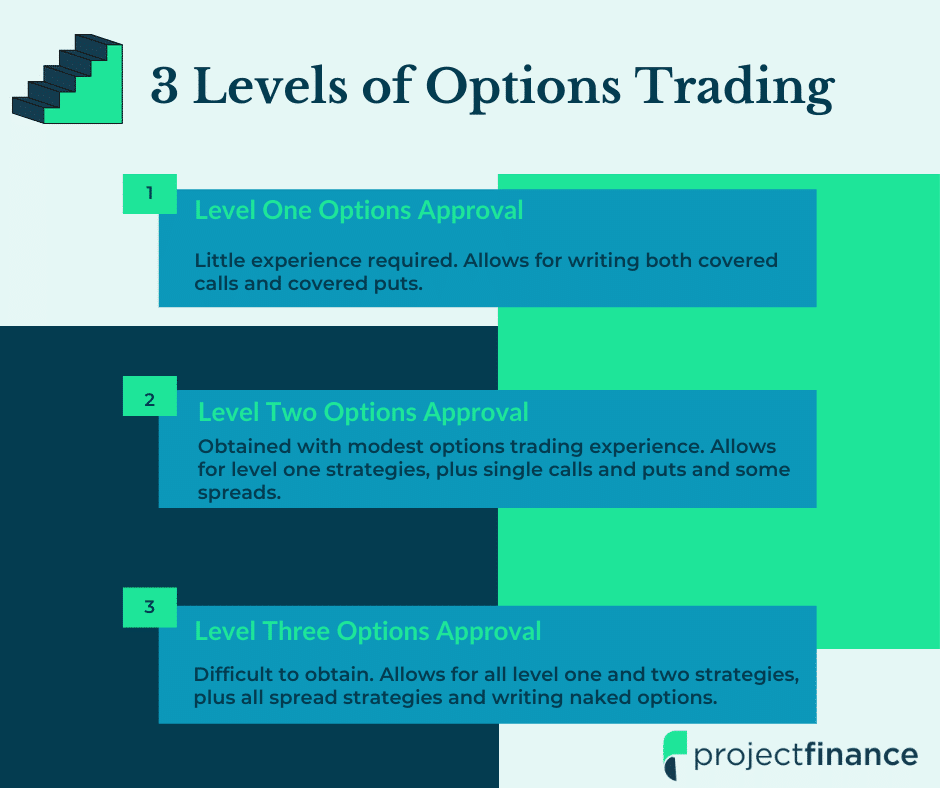In the ever-evolving landscape of modern finance, options emerge as a powerful tool that can enhance your trading strategies and open doors to new opportunities. Often shrouded in a veil of complexity, options trading can be demystified, unraveling a world of potential benefits. This comprehensive guide delves into the world of options, explaining their intricacies with clarity and providing practical insights to empower your trading journey.

Image: www.asktraders.com
What are Options?
At their core, options are financial contracts that grant the buyer the right, but not the obligation, to buy (call option) or sell (put option) an underlying asset at a specified price, known as the strike price, on or before a predetermined date, which is the expiration date. Think of them as insurance policies for your investments, offering flexibility and tailored risk management.
Unveiling the Types of Options
The options universe encompasses two primary types: call options and put options. Call options provide you with the right to buy the underlying asset, while put options confer the right to sell. It’s like having two superpowers at your disposal, allowing you to adapt your strategies to various market scenarios. Call options are suitable when you anticipate an increase in the asset’s value, while put options thrive in situations where you foresee a decline.
Striking the Right Balance: Understanding Strike Prices
The strike price holds immense significance, acting as the agreed-upon price at which the underlying asset can be bought or sold when exercising your option. It’s the fulcrum around which your options contract revolves, influencing its potential value and risk profile. Choose wisely, as the strike price is a key determinant of your potential profit or loss.

Image: www.projectfinance.com
Expiration Dates: The Time-Bound Nature of Options
Options, like all good things, come with an expiry date. This predetermined date marks the time beyond which the option can no longer be exercised. It’s essential to be mindful of the expiration date and act strategically, considering the market’s trajectory and your investment goals. Options with longer expiration periods offer greater flexibility but may come with a premium, while those with shorter expiration periods are more time-sensitive but potentially more cost-effective.
Premium: The Cost of Options Contracts
Options, like any valuable service, come with a price tag, known as the premium. It represents the amount you pay to acquire the right to exercise the option, and it can vary depending on factors like the underlying asset, the strike price, the expiration date, and market conditions. The premium is your investment in the potential gains and strategic protection that options offer.
Options Trading Strategies: Navigating the Path to Profitability
The world of options trading is a vast and diverse landscape, teeming with strategies that cater to different risk appetites, market forecasts, and investment goals. Here’s a glimpse into two popular options strategies:
-
Covered call: This strategy involves owning the underlying asset and selling (writing) a call option at a higher strike price, generating premium income while maintaining the potential for capital appreciation.
-
Protective put: This strategy involves owning the underlying asset and buying (purchasing) a put option at a lower strike price, creating a safety net against potential market downturns.
Expert Insights: Wisdom from the Trading Arena
“Options provide traders with unprecedented flexibility and risk management tools. They can enhance portfolio returns and help mitigate potential losses,” says veteran trader John Carter.
“Understanding the Greeks – delta, gamma, theta, and vega – is crucial for comprehending how options behave and their sensitivity to market factors,” advises options expert Larry McMillan.
What Is Options In Trading
Conclusion
Options trading, like a symphony, requires knowledge, skill, and a keen understanding of the market’s rhythm. By grasping the concepts presented in this guide, you can step into the world of options with confidence, equipping yourself with a powerful tool that can elevate your trading strategies to new heights. Remember, each trade is a unique journey, and it’s essential to conduct thorough research, comprehend the risks involved, and seek guidance from trusted sources. The world of options awaits your exploration, promising potential rewards and a deeper connection to the financial markets. Embrace it with an open mind, a thirst for knowledge, and a strategic mindset, and you may find yourself unlocking the wealth of opportunities that options have to offer.






